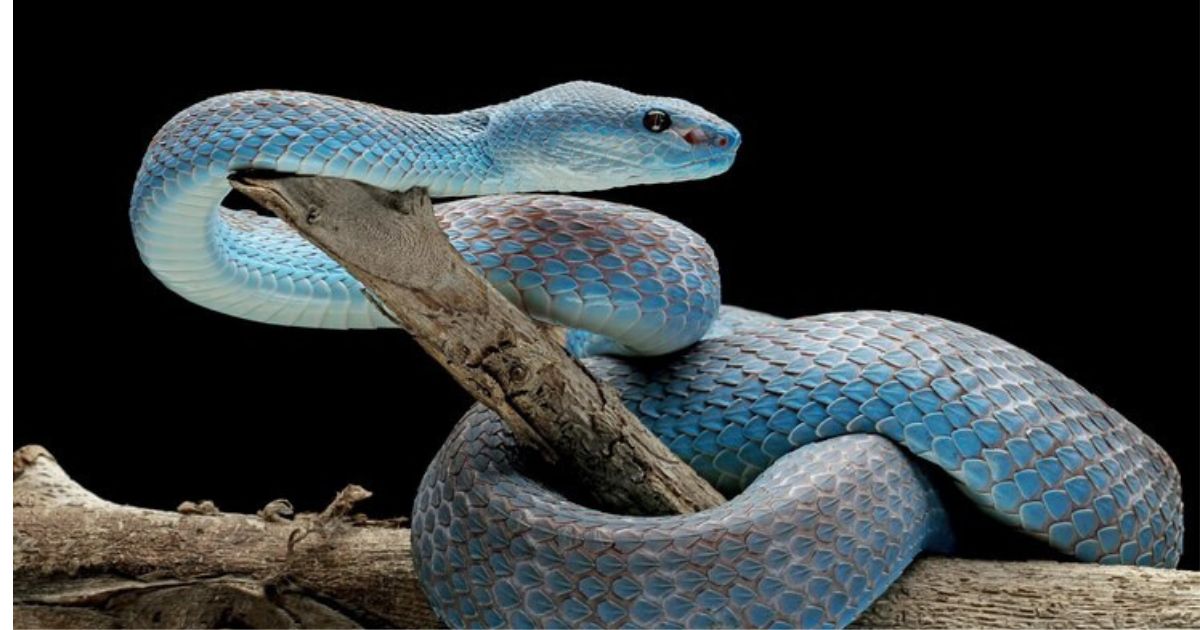Sanke have long been fascinating and sometimes misunderstood creatures. Despite the fear they often evoke, these reptiles play a crucial role in maintaining the balance of ecosystems around the world. In this article, we’ll explore the world of snakes, discussing their behavior, habitats, and their importance to the environment.
What Are Snakes
Snakes are elongated, legless reptiles belonging to the suborder Serpentes. They are found on every continent except Antarctica and thrive in a variety of environments, from deserts to rainforests. Known for their flexible bodies and ability to slither silently, snakes have evolved to become expert hunters.
The Evolution of Snakes
Snakes are believed to have evolved from lizards millions of years ago. Over time, they lost their limbs and developed specialized movement patterns. Fossils show that early snakes had vestigial limbs, indicating that they once possessed legs similar to other reptiles.
Common Misconceptions About Snakes
Despite their vital ecological roles, snakes are often misunderstood. Many people believe that all snakes are venomous or aggressive, but this is far from the truth. In reality, only a small percentage of snake species are venomous, and most prefer to avoid human interaction.
Different Types of Snakes
There are over 3,000 species of snakes worldwide, each adapted to its unique environment. Some of the most well-known types include:
Pythons: Non-venomous snakes found in Africa, Asia, and Australia. They are known for their impressive size and ability to constrict prey.
Vipers: Venomous snakes with long fangs, common in Europe, Asia, and the Americas.
Cobras: Venomous snakes recognized by their iconic hood and found primarily in Africa and Asia.
How Do Snakes Move
Snakes have developed a variety of movement techniques to navigate their environments. Their bodies are covered with scales that help them grip surfaces. The most common movement patterns include:
Serpentine Movement: The snake creates an “S” shape with its body, propelling itself forward.
Concertina Movement: Used in tight spaces, the snake bunches up its body and then stretches out.
Sidewinding: A method used by desert-dwelling snakes, where they move sideways to avoid overheating.
Snake Feeding Habits
Snakes are carnivorous and rely on a diet of mammals, birds, amphibians, and even other reptiles. Some larger species, like pythons, can eat animals as big as deer. They typically hunt by ambush, striking when their prey is least expecting it. Snakes swallow their prey whole due to their flexible jaws, which can expand to accommodate large meals.
The Role of Venom in Snakes
While not all snakes are venomous, venom plays a critical role for those that are. Venom is a specialized form of saliva that immobilizes or kills prey. Snakes like cobras and vipers inject venom through their fangs, which can also act as a defense mechanism against predators.
Snakes in Ecosystems
Snakes are essential for maintaining balanced ecosystems. As predators, they help control the populations of small animals, such as rodents and insects, which can become pests if left unchecked. Their presence ensures that no single species dominates, contributing to biodiversity.
How Snakes Defend Themselves
While many snakes are harmless, they have developed various defense mechanisms to protect themselves from threats. Some species, like the rattlesnake, produce warning sounds to deter predators, while others use camouflage to blend into their surroundings. Venomous snakes rely on their potent venom as a defense tool, although they often only bite when provoked.
Snake Habitats Around the World
Snakes are incredibly adaptable and can be found in nearly every type of habitat. Some of the most common environments include:
Deserts: Species like the sidewinder have adapted to life in harsh, arid desert conditions by moving efficiently on hot sand and conserving water.
Rainforests: The dense, humid environment of rainforests is home to tree-dwelling species like the green tree python, which uses its prehensile tail to navigate through branches.
Grasslands and Savannas: Snakes in these open areas, such as the king cobra, rely on camouflage and speed to hunt and evade predators.
Water Bodies: Some snakes, like the sea snake, have evolved to live entirely in aquatic environments, using their specialized bodies to swim effortlessly.
Snake Reproduction and Life Cycle
Snakes have a unique reproductive process that varies among species. Most snakes lay eggs, which they either leave to incubate in a warm environment or guard until they hatch. However, some species give birth to live young, bypassing the egg stage altogether. After hatching or being born, baby snakes are immediately independent and must fend for themselves.
Why Do Snakes Shed Their Skin
Snakes undergo a process called molting, or shedding, several times throughout their lives. As they grow, their old skin becomes too tight, prompting them to shed it and reveal new skin underneath. Molting also helps snakes get rid of parasites and damaged scales. The frequency of shedding depends on the snake’s age and species, with younger snakes shedding more often than older ones.
The Importance of Snake Conservation
Due to habitat destruction, poaching, and fear-driven killing, many snake species are at risk of extinction. Snakes are often unfairly targeted because of their association with danger, but they are vital to ecosystem health. Conservation efforts are crucial to protect these reptiles and the environments they inhabit.
Human-Snake Interactions
While snakes usually avoid humans, encounters can happen, especially in rural or undeveloped areas. It’s essential to know how to behave around snakes to avoid bites and ensure mutual safety. If you encounter a snake in the wild, it’s best to back away slowly and give it space. In many cases, the snake will slither away once it feels unthreatened.
What To Do If You Encounter a Snake
In case of a snake sighting, remain calm and do not approach the animal. Most snake bites occur when humans try to handle or kill the snake. If you live in an area where venomous snakes are common, consider keeping a snake bite kit and know the locations of the nearest medical facilities.
Conclusion
sanke are remarkable creatures that deserve respect and understanding. Though they are often feared, they play an essential role in maintaining ecological balance. By learning more about snakes and their behavior, we can coexist peacefully with these fascinating reptiles.
FAQs
Are all sanke venomous
No, only about 15% of snake species are venomous. Most snakes are harmless and prefer to avoid human interaction.
How do sanke eat their prey
Snakes swallow their prey whole, using their flexible jaws to stretch around large animals. They then digest the food over time.
What should I do if I see a snake in my yard
If you encounter a snake, it’s best to leave it alone. Most snakes are not dangerous and will move away if unthreatened.
How often do sanke shed their skin
Snakes shed their skin periodically as they grow. Younger snakes shed more frequently than older ones, usually several times a year.
Why are sanke important to the environment
Snakes help control populations of pests like rodents and insects, making them a crucial part of the ecosystem’s food chain. Younger snakes shed more frequently than older ones, usually several times a year.












